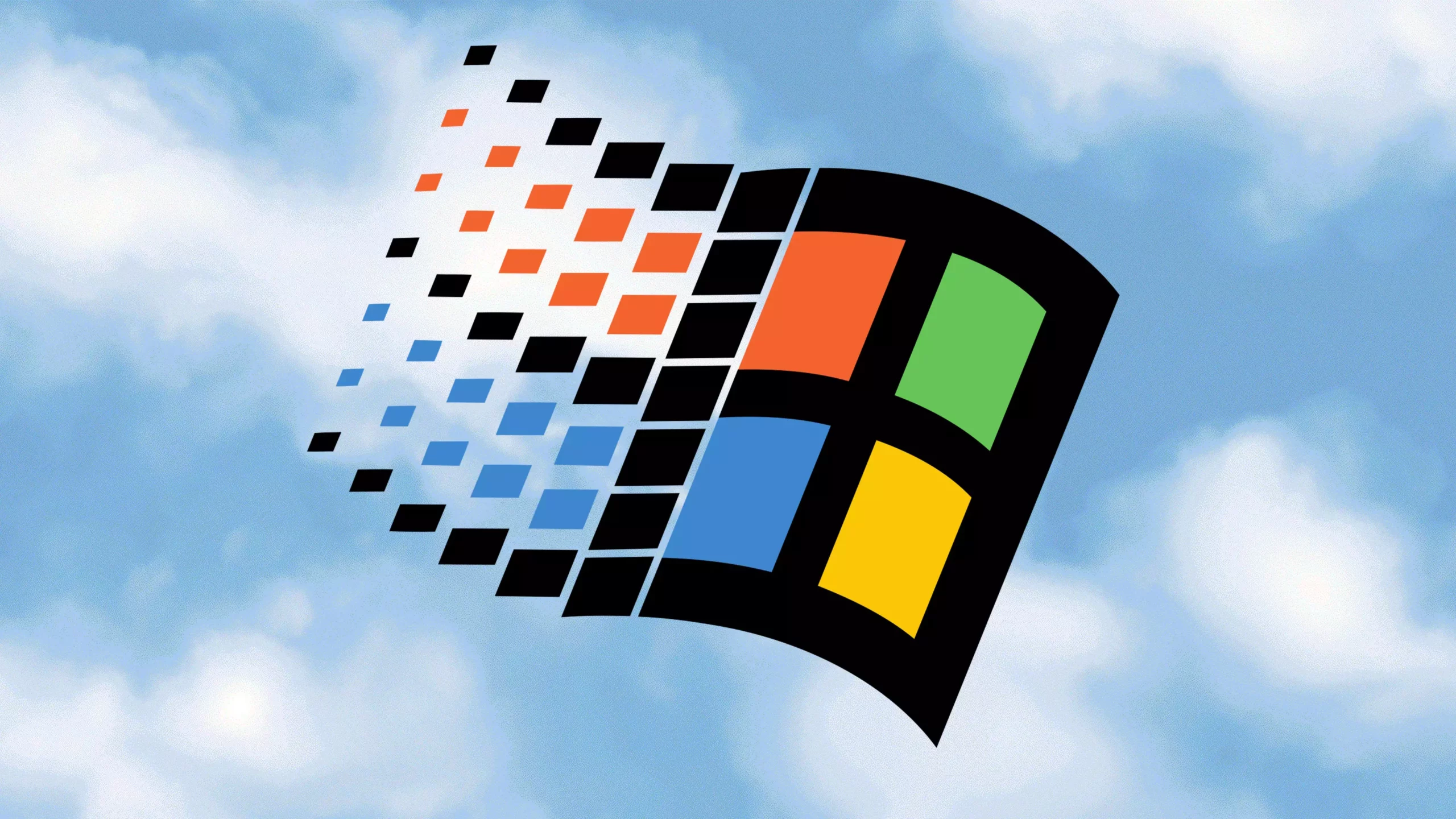In the world of technology enthusiasts, the usual quest has been to adapt older video games and consoles to run on modern PCs. Reverse engineering, emulation, and software tweaks aim to revive classic games on today’s computers. But one daring modder took the concept in the opposite direction, attempting to transform a venerable gaming console—Sony’s PlayStation 2—into a functioning Windows 95 PC. The endeavor poses an intriguing question: how far can hardware be pushed beyond its original design?
Windows 95 itself is hardly a recent operating system; it represents a bygone era of computing. Yet, its comparatively modest system requirements make it a prime candidate for such an experimental crossover. Meanwhile, the PlayStation 2, released in 2000, features a MIPS-based CPU architecture radically different from the x86 processors that Windows 95 was built for. This fundamental incompatibility sets the stage for what was undoubtedly a labor-intensive and frustrating development process.
The Architecture Barrier and Workarounds
Unlike typical PCs running Windows 95, the PlayStation 2’s processor architecture isn’t natively compatible with the operating system. To bridge this divide, the modder, a creator behind the YouTube channel MetraByte, had to install an emulator capable of mimicking an x86 environment on the MIPS hardware. Emulating one architecture on another is often computationally expensive and prone to performance and compatibility issues, especially on hardware not designed for such flexibility.
This undertaking highlights the sheer resourcefulness and technical depth required for hardware hacking. The project wasn’t just about software installation; it had to overcome hardware drivers, input devices, and system recognition issues. For instance, traditional input peripherals such as mice posed persistent problems, with the system refusing to fully acknowledge or support them. Instead, a keyboard-gamepad hybrid was the only input device that managed to function to some extent, though reliability remained questionable.
The Content Challenge: Running Classic Applications
While the ultimate test for most Windows 95 installations on unconventional hardware might be the operating system’s general responsiveness, the mettle of this hack was further put to the test by attempting to run classic software—specifically, the game Doom. Doom’s historical significance and humble system requirements have made it a popular benchmark for experimental platforms. However, running this game introduced new complications.
Doom’s gameplay fundamentally benefits from mouse control, and given the input device limitations, the experience suffered. Despite the keyboard’s functionality, navigating such a game without mouse support is clunky and detracts from the overall feel. MetraByte’s struggles with both input compatibility and game performance illustrate the limits of this cross-architecture emulation. Even after overcoming the initial hurdles of getting Windows 95 operational on the PS2, the practical usability for gaming or other everyday tasks remains limited.
The Spirit of Experimental Computing
This project isn’t about delivering a commercially viable product or an end-user solution. Instead, it exemplifies the spirit of tinkering that drives many hobbyists to blend, break, and rebuild technologies in novel ways. It’s a statement on the adaptability and ingenuity surrounding legacy hardware, where enthusiasts tend to find meaning beyond the originally intended lifespan and purpose of devices.
Indeed, MetraByte’s experiment follows a growing trend, with similar efforts successfully running Windows 95 on other legacy consoles like the Nintendo DS. These projects underscore both the allure and the challenge of making disparate technological worlds collide. Each attempt expands collective knowledge about hardware constraints, compatibility, and the sheer creativity needed to coax surprising results from dated hardware.
In reflecting on this ambitious undertaking, one must admire not only the technical skill but also the willingness to embrace frustration and failure as part of the journey. The difficulty of adapting a gaming machine to become a functional PC environment is clear—and while the results may fall short of seamless operation, the attempt is a testament to fearless exploration in the realm of tech hacking.

